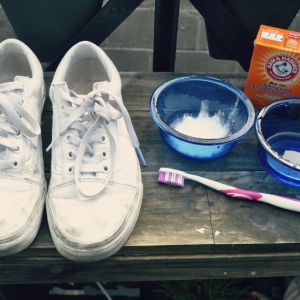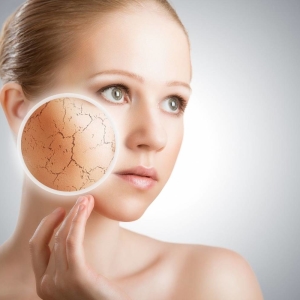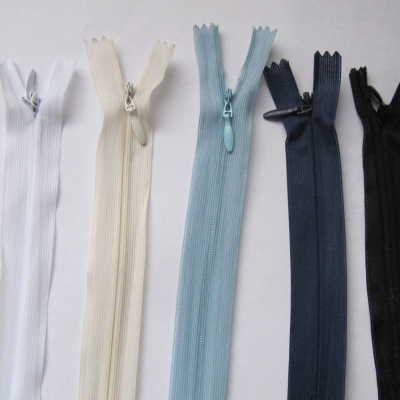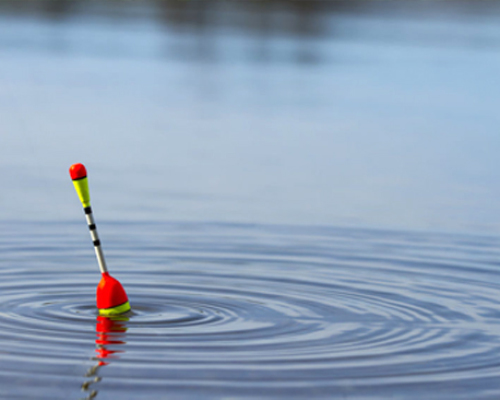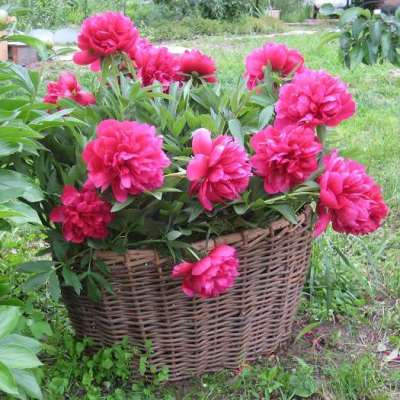For the party, you put on new shoes, but instead of the expected comfort and convenience, you got a blister on the heel. Or cleaning the dry leaves in the garden wiped the bliste in the palm of his hand. I think many have faced such situations.
What is blisters?
These are bubbles filled with liquid, which appear on the upper layer of the skin and cause a lot of inconvenience. They come in different sizes, can be like single, so multiple rashes. Bubbles are not always filled with transparent liquid, sometimes an admixture of pus or blood is observed. Typically, blisters pass on their own, but if this does not happen, the reason may be in the presence of a more serious disease.

The causes of blisters
Places in which blisters can form, as well as recommendations for their treatment, are due to the causes of their appearance.
Granded blisters
When wearing uncomfortable or close shoes, work without gloves on a personal plot, rowing on a boat and other causes of blisters appear on the legs, arms and fingers. If you find like that, then try to maintain their integrity and do not rush to pierce.
- In order to keep the bubble with a whole patch. The whole blister heals faster, the liquid is absorbed into the skin, and the skin, after drying, is exfoliated.
- But if it happened that the bliste still burst, you need to independently treat the wound with disinfecting liquid, cut with scissors the bursting edges of the skin so that it does not touch an open wound and apply a MAZ or gel for rapid wound healing.
Burns and frostbite
Blisters from exposure to the skin of the sun or fire are a sign of a second degree burn. Their treatment directly depends on the size of the skin lesions. If the burn is insignificant, then you can cope with it yourself, but if the blisters are multiple, and the area of \u200b\u200bthe lesion is large - these are indications for immediately seeking help.
The effect of cold leads to frostbite and treatment of such blisters is carried out by a doctor.
Allergic reactions
The appearance of blisters as an allergic reaction occurs during the flowering period of some plants and is usually a seasonal character. In some people in everyday life, such reactions occur to soap, creams, perfumes, detergents, fabrics, etc. First aid is a limitation of contact with an allergen, and if other symptoms such as itching, redness of the skin, swelling were added to the appearance of blisters, then any antihistamine (diphenhydramine, suprastine, diazolin) must be taken.
Often allergies are accompanied by edema of the larynx and lungs. If well -being worsens, and breathing and swallowing is difficult to call an ambulance immediately.

Insect bites
Sometimes blisters are a reaction to insect bites. Hands, legs, wrists and armpits suffer more often. BLOCES BLOCH and bugs can cause small bubbles. Insects during a bite can inject toxic substances under the skin that cause painful sensations. If the cause of the blister is in the bite, see a doctor immediately.
Chicken pox
If the Human body of chickenpox has hit the human body, then the first symptom that you will find on the skin will be multiple blisters. In this case, the doctor will recommend twice a day to treat blisters with a solution of diamond green. Bubbles usually cause severe itching, but you need to refrain from combing otherwise, scars form at the site of the bubbles. With severe itching, you can take a tablet of suprastin or diazolin to eliminate itching.
With girdle lichen (herpes), a person who suffered windsuits can get sick. Usually people over 60 are subject to this disease. Blisters appear around the body or on one side and cause not only itching, but also severe pain. A neuropathologist will prescribe a special treatment that will consist of antiviral drugs, ointments, as well as painkillers. In especially severe cases, the treatment of girdle herpes is carried out in a hospital.

Simple herpes
Rashes on the lips, mouth or genitals is a sign of the herpes simplex virus. The blisters from blisters are capable of spreading the virus through contact during sex, with kisses, through dishes. If blisters do not bother, then people may not know that they have herpes.
If colds are accompanied by the appearance of blisters, it means that you are infected with herpes, be sure to inform your doctor about it. He will prescribe drugs that can prevent or reduce rashes. Often the cause of herpes is weakened immunity, so the treatment will also be aimed at strengthening immunity.
Consult a doctor if ...
- you assume the presence of infection
- multiple or large bubbles, inflammation in the place of bubble
- you often have blisters for a reason that you do not know
- you have multiple painful blisters on one side of the body or face
- you have diabetes
- the rapid distribution of bubbles, especially with a rash, and symptoms such as shortness of breath, pain or dizziness
In these cases, you should immediately consult a doctor
Diagnostic methods
If the bliste appeared on the body reason for the appearance that you are not known, do not try to treat them yourself. After the examination, the doctor will find out what other complaints are and on the basis of this will make a diagnosis. If the doctor is not sure of the diagnosis, he can prescribe tests, and also send the liquid or tissue of the bubble skin to the laboratory. Based on the results, a diagnosis will be established.

Home procedures against blisters
If the cause of the bliste is not associated with viral or other infections, you can process a bliste on your own at home on your own.
As we have already said previously it is not advisable to reveal blisters, but there are times when this cannot be avoided, for example, if it causes inconvenience or hurts a lot.

To do this, use the following recommendations:
- before opening, be sure to wash your arms and skin around the bliste with soap, preferably antibacterial;

- wipe the needle with which you will pierce the skin with alcohol;
- pierce the bliste in several places and wait until the liquid is leaving, you should not squeeze it out;
- apply ointment on top, which can be used for healing of wounds, if there is no ointment;
- cover the location of the bliste with a clean cloth, hazing or bactericidal patch with holes to ensure air access. As necessary, the bandage and the patch must be changed.

The blister burst and the wound is open:

- rinse the wound with soap water;
- apply ointment to prevent infection or petroleum jelly;
- cover the area with a clean bandage or patch to protect it.
The blister is whole, there is a lot of liquid inside:
- apply drugs with aloe vera, which calms and has anti -inflammatory properties;
- apple cider vinegar, reduces swelling and helps to dry the blister;
- tea tree oil, has antibacterial and astringent properties;
- cover the blister with a bandage so as not to damage the skin on top.
Take care of yourself and your loved ones. Be healthy!


















